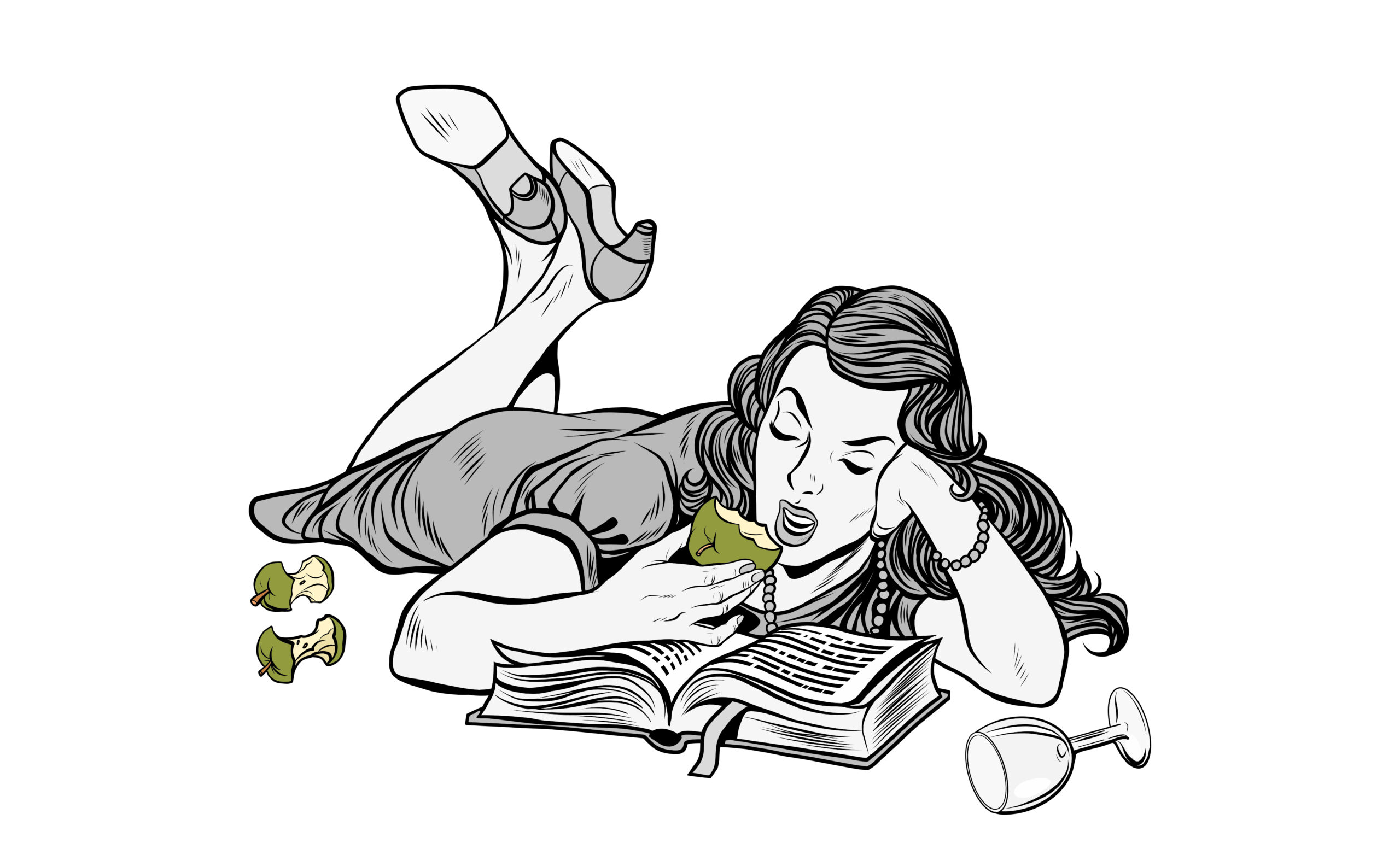The curfew is tough, and we’re going to have to put up with it for a while yet. Are you Netflixed out, sick of your housemates, and buff enough from all the home workouts? A tip from Resource: read a book! Which one? We’ve selected five top Wageningen titles for you. You might need to learn Dutch to read most of them. Another nice curfew project, perhaps.
1 Popular animals
Have you spotted a badger or a beaver on one of your lockdown walks? You probably owe that to the actions of nature conservationists. Dozens of animal species have been reintroduced in the Netherlands, and most of them have gone almost unnoticed. Animals are also regularly added to existing populations that are shrinking too much. How are the animals relocated, and how do you keep track of how they fare in their new habitat? Who decides which animal is chosen for immigration to the Netherlands? In Gewilde dieren, ecologists, nature conservationists and others describe these projects relocating animals ranging from the bison to the scarce large blue butterfly. Needless to say, the book would never have come into existence without the contributions of several Wageningen scholars, who not only share their knowledge of ecology but are also closely involved in the monitoring of the relocated animals.
Gewilde dieren – Mark Zekhuis, Louis van Oort, Luc Hoogenstein
2 True Wageningen stories
Thirty-five true stories, varying from the mildly sad to the definitely scary and the absolutely hilarious. All these stories have been told previously at one of the Wageningen Storytelling Nights. Those events haven’t been happening for the past year, so organizers Emma Holmes and Sarah Haines decided to anthologize the best stories. They make us laugh and cry about a marriage proposal at Ede-Wageningen station, with a second-hand ring, or relive a hellish bike ride across the Veluwe in gale force 8. And hopefully, the Storytelling Nights organizers will raise some funds so they can start up the live evenings again in future. All the storytellers have lived in Wageningen at some point, or still do. You might even know them, or perhaps you feature in one of the stories…
Snapshots – Anthology of true stories
3 An illustrated history of everything
If you prefer your text illustrated with pictures, get hold of a copy of Hoe alles begon (How everything started). In this picture book, the history of all life on earth is explained in very clear and simple language. It is a children’s book really, but after a day of online studying, your brain deserves a rest. You jump from atoms to bacteria, from reptiles to dinosaurs, eventually arriving at humans. Along the way you get explanations of the Big Bang, evolution, and the different methods of reproduction. The illustrations are detailed and gorgeous. A nice little snack before going to sleep, and a super-educational book to read to your niece when she comes for a visit. A team of scientists checked all the facts in the book, among them biologist/philosopher of science Gerard Jagers op Akkerhuis, who developed the operator theory – a way of explaining the emergence of complex life forms.
Hoe alles begon – Bouwine Bergsma, Illustrations Adriaan Bijloo
4 Questioning nature policy
Is a virtual reality trip through a forest in Surinam an experience of nature? This thought-provoking question is posed by Jelle Behagel and Esther Turnhout in the collection of essays Natuurbeleid Betwist (Questioning nature policy). The collection, put together by Arjen Buijs and Froukje Boonstra, focuses on the support for the Dutch government’s nature policy. It’s readable but not an easy read. Support for nature conservation is under pressure. In 13 essays, experts from WUR and elsewhere examine the legitimacy of nature policy, looking at the support, assistance and acceptance it attracts. Behagel and Turnhout argue for a new perspective on nature and how we experience it. Nature and culture are inextricable, they say. Mixed form of the two can create experiences of nature: water meadows, back gardens, and even – why not? – a virtual walk through a tropical forest. Nature managers should be open to a ‘new nature narrative’ based on changed norms and values in relation to the importance of nature and how to deal with it.
Natuurbeleid Betwist – Jelle Behagel and Esther Turnhout
5 Wild year
Can you have a wilderness experience in a densely populated country like the Netherlands? Of course you can, says teacher of Forest and Nature Policy Koen Arts. Just by being out of doors. He and his wife Gina slept out of doors for 381 nights in a row. Under a tarpaulin at first, but that proved to be a bit much. The solution was a tepee with a wood stove. The couple eventually spent more than half their time outside, thus meeting the challenge of a ‘wild year’. Arts felt it would take a year to restore his somewhat weakened bond with nature. His book about the experience is very readable. Arts is both an ecologist and a philosopher, and the combination produces interesting reflections on human beings’ relationship with nature and how to protect nature. Nature conservation only works if people care about nature. And that has to be learned. Not just by looking at nature, but by experiencing it with all your senses. Good advice in these Covid times. Off you go outside.
Wild Jaar – Koen Arts

 Photo: Shutterstock
Photo: Shutterstock